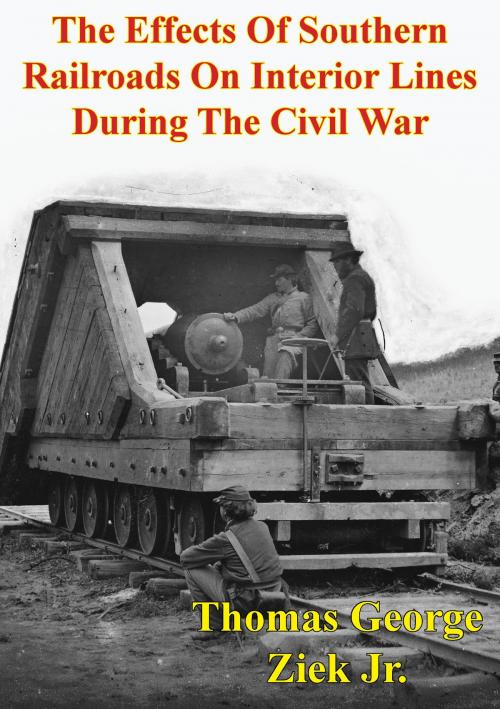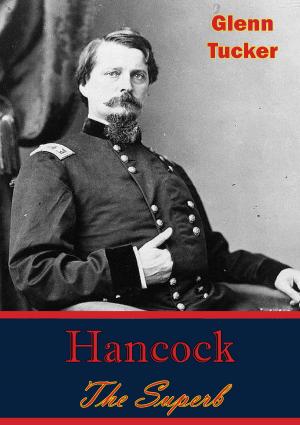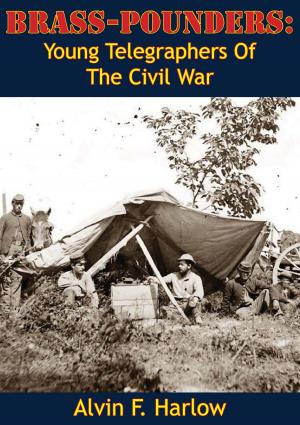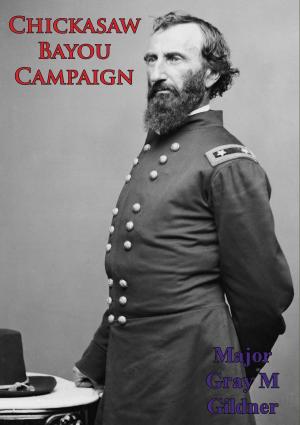The Effects Of Southern Railroads On Interior Lines During The Civil War
Nonfiction, History, Modern, 19th Century, Americas, United States, Civil War Period (1850-1877), Military| Author: | Thomas George Ziek Jr. | ISBN: | 9781782899488 |
| Publisher: | Golden Springs Publishing | Publication: | November 6, 2015 |
| Imprint: | Golden Springs Publishing | Language: | English |
| Author: | Thomas George Ziek Jr. |
| ISBN: | 9781782899488 |
| Publisher: | Golden Springs Publishing |
| Publication: | November 6, 2015 |
| Imprint: | Golden Springs Publishing |
| Language: | English |
The purpose of this paper is to study the effects of the Southern railroad system on interior lines during the Civil War and determine whether or not the South enjoyed the advantage of interior lines. The use of railroads during this conflict placed an enormous physical strain upon the limited industrial resources of the Confederacy, and a great strain upon the intellectual agility of the Confederate High Command. Based upon the evidence studied, and the time-space comparisons of both Northern and Southern railway operations, several conclusions can be drawn: the South entered the war with a rail system that was unable to meet the demands of modern war; the Confederate leadership understood the importance of the railroad and its importance to strategic operations early in the war, but were unwilling to adopt a course of action that best utilized their scarce assets; Southern railroad speeds decreased dramatically by 1863 due to the inability of Southern railroads owners to perform needed maintenance on their railroad equipment; tactical reverses on the field of battle, especially the losses of both Corinth in May of 1862 and Knoxville in September of 1863 increased the distances that re-enforcements would have to travel to fight a mobile intra-theater war; Union control, maintenance, and organization of its railway assets ensured that it would be able to move large numbers of troops at the strategic level efficiently from early 1863 to the end of the war. Based on these conclusions, the Confederacy lost the ability to shift troops on the strategic level more rapidly than the Union by 1863. This was a result of its physically weakened railroad system and military setbacks which caused Southern railroads to move forces over longer distances.
The purpose of this paper is to study the effects of the Southern railroad system on interior lines during the Civil War and determine whether or not the South enjoyed the advantage of interior lines. The use of railroads during this conflict placed an enormous physical strain upon the limited industrial resources of the Confederacy, and a great strain upon the intellectual agility of the Confederate High Command. Based upon the evidence studied, and the time-space comparisons of both Northern and Southern railway operations, several conclusions can be drawn: the South entered the war with a rail system that was unable to meet the demands of modern war; the Confederate leadership understood the importance of the railroad and its importance to strategic operations early in the war, but were unwilling to adopt a course of action that best utilized their scarce assets; Southern railroad speeds decreased dramatically by 1863 due to the inability of Southern railroads owners to perform needed maintenance on their railroad equipment; tactical reverses on the field of battle, especially the losses of both Corinth in May of 1862 and Knoxville in September of 1863 increased the distances that re-enforcements would have to travel to fight a mobile intra-theater war; Union control, maintenance, and organization of its railway assets ensured that it would be able to move large numbers of troops at the strategic level efficiently from early 1863 to the end of the war. Based on these conclusions, the Confederacy lost the ability to shift troops on the strategic level more rapidly than the Union by 1863. This was a result of its physically weakened railroad system and military setbacks which caused Southern railroads to move forces over longer distances.






![Cover of the book Personal Memoirs Of P. H. Sheridan [Illustrated Edition] by Thomas George Ziek Jr.](https://www.kuoky.com/images/2014/august/300x300/9781782895411-77h1_300x.jpg)






![Cover of the book Transforming Under Fire: the Atlanta Campaign of 1864 [Illustrated Edition] by Thomas George Ziek Jr.](https://www.kuoky.com/images/2014/august/300x300/9781782893950-LgN5_300x.jpg)

